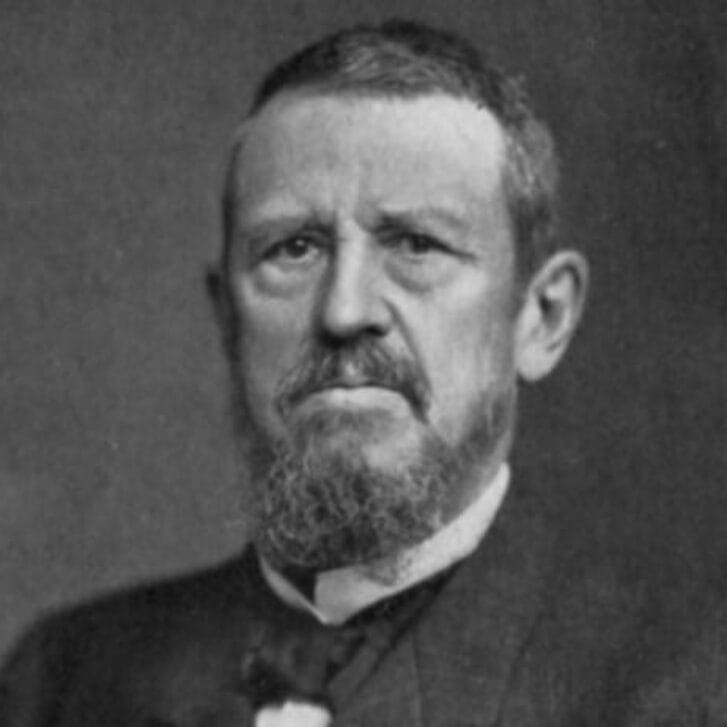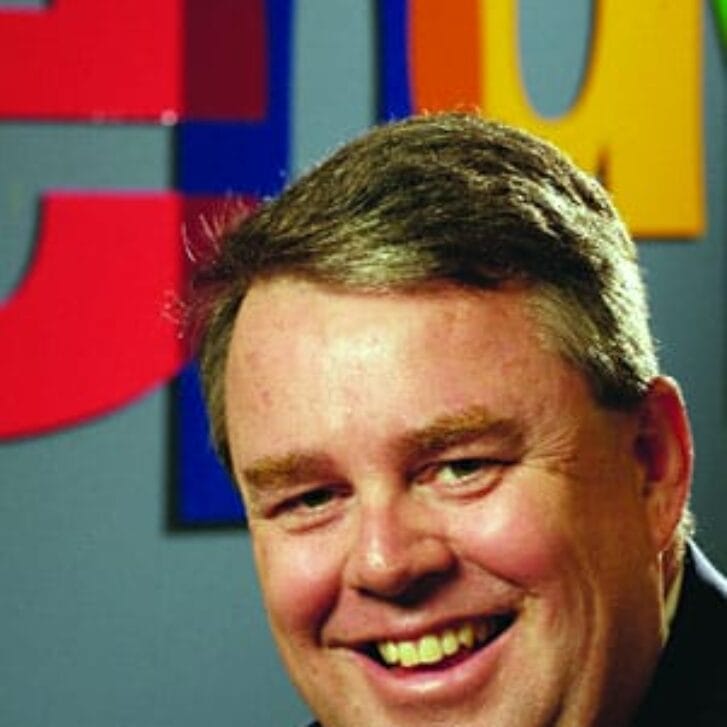I’m proud of the fact that I was a psychology major in college. So many foundational psychology concepts are relevant to business or even just life in general. One of my favorite classes in undergrad was called “Attention and Memory,” and a nugget of wisdom that I’ve carried with me since those days is that if you revisit new material in the first 24 to 48 hours after learning it, your recall level will be heads and tails above what it would be if you took the route of shoving that material aside until the night before a big exam or presentation. Better yet is when you embed connections to that material across a range of formats—multiple encounters of the same core material. So, what’s the point of all of this? Well, naturally there’s a connection to life here in sunny San Francisco.
With Fall Break behind us, it’s a prescient time to reflect on our first quarter here in the Bay Area. One of the greatest wow factors within the Semester in San Francisco program is its ability to create the deeply embedded connections and multiple means of exposure that I’ve just referenced.
In other words, +1 for memory. As a focused entrepreneurship microcosm within the broader curriculum and world of Wharton, the Semester in San Francisco curriculum components result in a beautiful thing: mutually reinforcing concepts and coursework that enhance our holistic learning experience. Sometimes it’s accidental, like when an unexpected lunchtime guest highlighted the importance of term sheet financing just before we covered the topic at length in our VC class, but I wager that oftentimes these connections happen by design, thanks to the foresight and master planning of our faculty.
In that magic 48-hour window after speaking about the importance of buzz marketing and branding, we heard Josh Kopelman’s, W’93, story of buying a town formerly known as Halfway, Oregon, viewed the infamous First Round Capital holiday videos, and spoke at length about the value function and loss aversion in managerial decision-making almost concurrently with the psychology of pricing, which makes use of the very same gain and loss function. Experiencing these multifaceted connections makes it far easier to live and breathe the foundational elements of entrepreneurship on a daily basis, as we directly apply these concepts to our own ventures both inside and outside of the classroom.
(Speaking of which, I encourage you all to check out wwwharton.com to witness the latest batch of scrappy prototypes from our Web-based Design and Development class. Many of these are or will be real businesses, even though right now they are largely static webpages or selectively functional sites. With your feedback we can make them even better and assess whether we go out there and risk it all for the life of a happy, hard-working entrepreneur. And in case you need to be convinced of the entrepreneurship happiness factor, check out this recent article that references our very own Wharton research.)
Looking back on Q1, I’ve learned everything from how to choose keywords for my website’s SEO strategy to the mechanics of non-linear pricing strategies. I’ve also learned a few things about myself, such as the fact that I can still survive with fewer than six hours of sleep, particularly if it’s related to developing my venture—passion certainly goes a long way. Most importantly, I’m experiencing “Attention and Memory” firsthand. The semester continues to be an engaging learning and career development experience, and I fully support the integrated nature of the program—you might call it 24-hour (mental) fitness.
Editor’s note: This post first appeared on the Wharton MBA Program’s Student Diarist blog on Oct. 26, 2012. We will continue to feature updates from Jennifer and her classmates, who are the first full-time Wharton MBAs to spend a semester at Wharton | San Francisco.


























